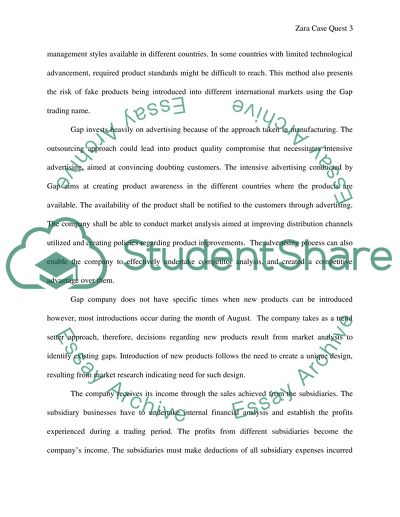Cite this document
(“ZARA CaseQuest Assignment Example | Topics and Well Written Essays - 1750 words”, n.d.)
ZARA CaseQuest Assignment Example | Topics and Well Written Essays - 1750 words. Retrieved from https://studentshare.org/marketing/1473882-zara-casequest
ZARA CaseQuest Assignment Example | Topics and Well Written Essays - 1750 words. Retrieved from https://studentshare.org/marketing/1473882-zara-casequest
(ZARA CaseQuest Assignment Example | Topics and Well Written Essays - 1750 Words)
ZARA CaseQuest Assignment Example | Topics and Well Written Essays - 1750 Words. https://studentshare.org/marketing/1473882-zara-casequest.
ZARA CaseQuest Assignment Example | Topics and Well Written Essays - 1750 Words. https://studentshare.org/marketing/1473882-zara-casequest.
“ZARA CaseQuest Assignment Example | Topics and Well Written Essays - 1750 Words”, n.d. https://studentshare.org/marketing/1473882-zara-casequest.


